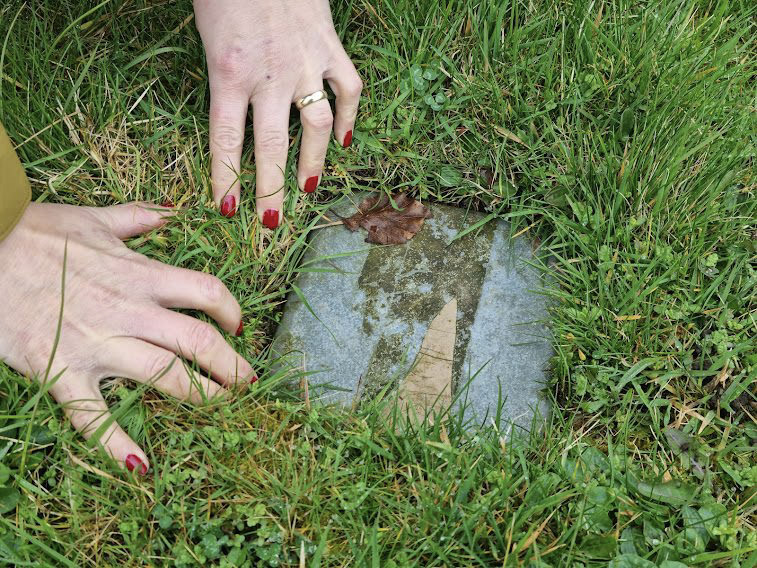Knowing soil-water levels help us to understand the potential of the site to support a more species-rich community and to identify management recommendations (e.g. drainage maintenance).
Soil-water levels can be indicated by:
- Installing dipwell tubes with automatic readers, or record them manually every month. These are quick to install but to show you meaningful information, 2 – 3 years’ worth of data is useful. See the hydrological monitoring protocol to learn how to arrange your dipwells across a hydrological gradient.
- Observing the flood extent and duration across the site.
- Your botanical data if collected as quadrats, can be used to indicate the typical soil wetness of the site, as different plant species have different preferences for soil wetness.
